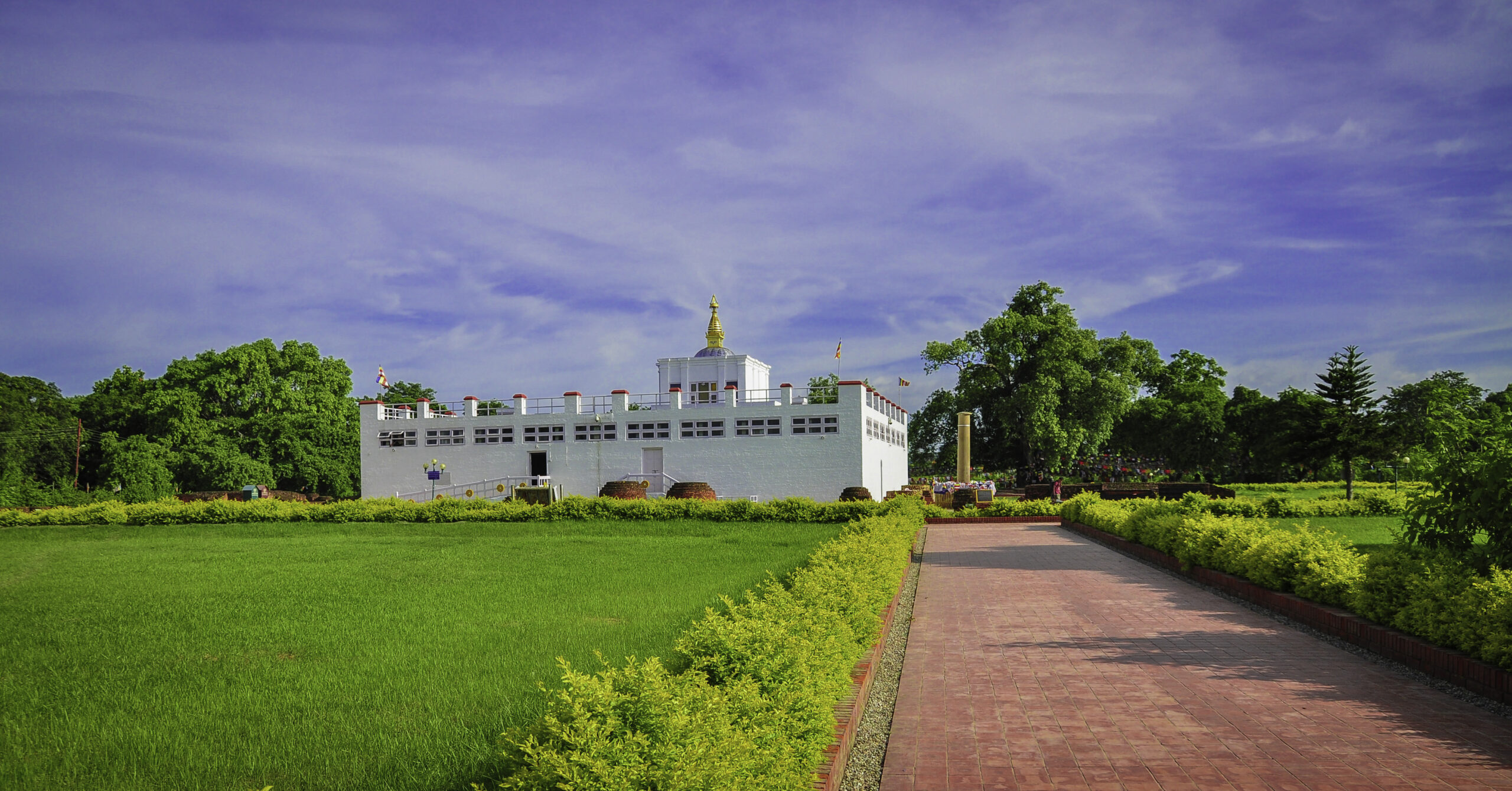Lumbini, the birthplace of Siddhartha Gautama, who later became known as the Buddha, stands as one of the most significant and revered sites in the world. Situated in the Rupandehi District of Nepal, Lumbini is not only a UNESCO World Heritage Site but also a pivotal destination for pilgrims, historians, and tourists alike.
Lumbini’s historical roots trace back over 2,500 years, to around 563 BCE when Siddhartha Gautama was born in the Lumbini Garden. According to ancient texts, Queen Maya Devi, Siddhartha’s mother, gave birth to him while standing in a grove of trees. This event marked the beginning of a spiritual journey that would eventually lead to the establishment of Buddhism, a major world religion.
The site is home to several ancient monuments and relics that illustrate its historical importance. The Mayadevi Temple, located at the heart of Lumbini, is a primary attraction. It is believed to be the exact spot where Queen Maya Devi gave birth. The temple, with its sacred garden and the Ashoka Pillar erected by Emperor Ashoka in the 3rd century BCE, serves as a testament to the site’s religious and historical significance.
Lumbini’s role as a center for Buddhism has attracted visitors from across the globe, fostering a unique blend of religious devotion and tourism. The site has undergone significant development to accommodate the influx of pilgrims and tourists. The Lumbini Master Plan, initiated by the Government of Nepal and the Lumbini Development Trust, aims to transform Lumbini into a center of global Buddhist pilgrimage. This includes infrastructure development, such as improved transportation facilities, accommodation, and visitor centers.
In addition to the Mayadevi Temple, Lumbini features several monasteries and stupas built by various Buddhist nations, each reflecting their cultural and architectural heritage. Notable among these are the Korean Temple, the Chinese Temple, and the Japanese Temple, which contribute to the site’s international character and appeal.
Tourism in Lumbini has had a profound impact on the local economy. The influx of visitors supports local businesses, including hotels, restaurants, and souvenir shops. It also provides employment opportunities for the local population, contributing to the overall economic development of the region.
The cultural exchange facilitated by international visitors enriches the local community and promotes greater understanding and appreciation of Buddhism’s global impact. Festivals and events held in Lumbini, such as the Buddha Jayanti celebrations, draw thousands of visitors annually, further enhancing its status as a significant cultural and spiritual destination.
Looking ahead, Lumbini is poised to continue its growth as a major pilgrimage and tourist destination. Efforts are underway to enhance the site’s amenities and preserve its historical integrity while promoting sustainable tourism practices. The vision for Lumbini includes not only preserving its rich historical legacy but also fostering a deeper understanding of Buddhism and its teachings.
In conclusion, Lumbini remains a beacon of spiritual significance and cultural heritage. Its rich history and ongoing development as a tourist destination make it a vital part of Nepal’s cultural landscape and a cherished site for Buddhists and travelers from around the world.






